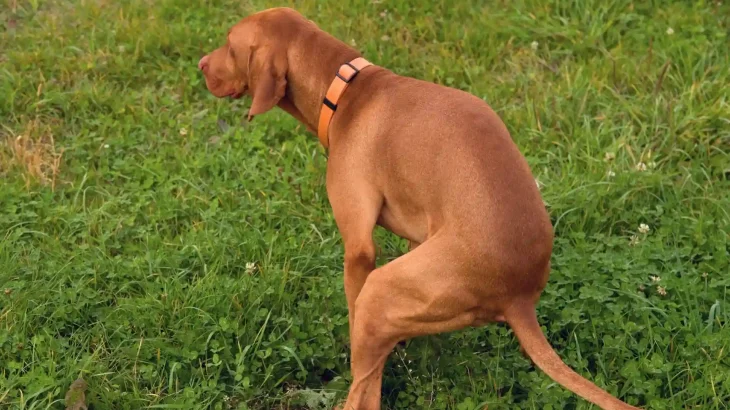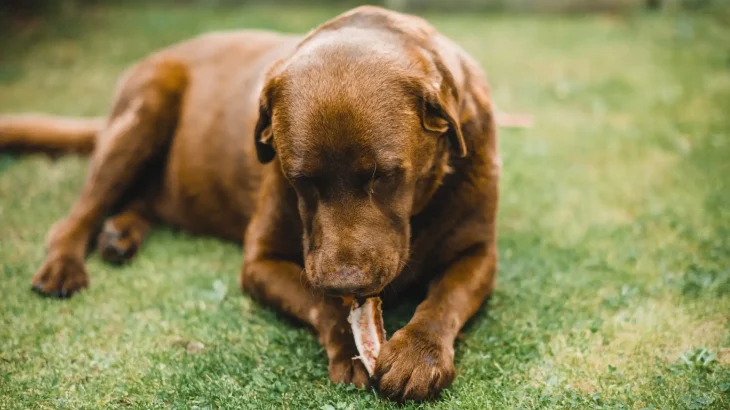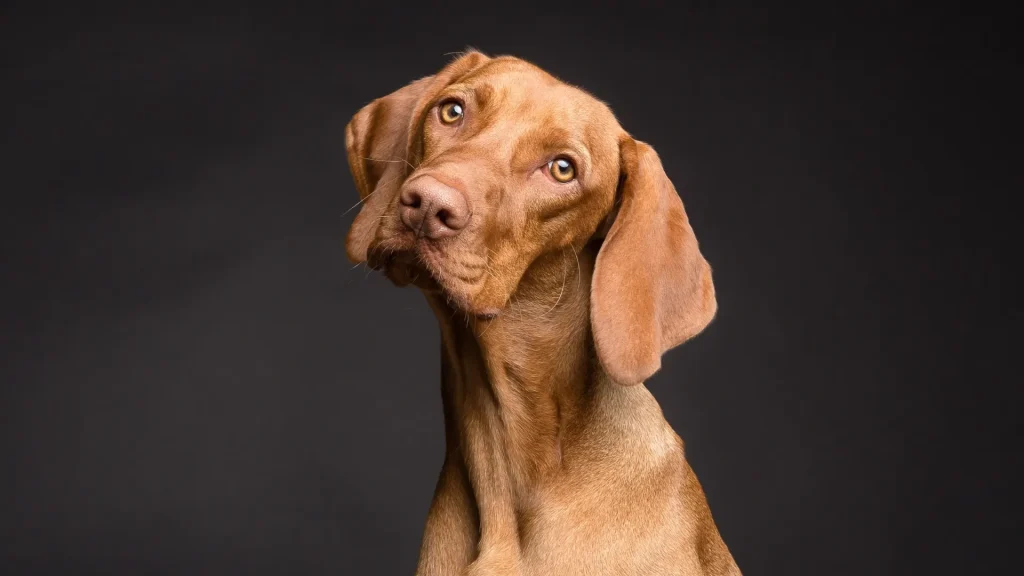Deciding between adopting or purchasing a Vizsla puppy often comes down to your priorities around cost, health information, and ethical considerations. While buying from a breeder may offer more health history and pedigree details, adopting can be a more affordable and compassionate choice that supports animal welfare.
Adoption vs. Breeder: Pros & Cons
| Criteria | Buying from Breeder | Adopting from Shelter/Rescue |
|---|---|---|
| Cost | Higher initial cost, often significantly more for purebred Vizslas. | Lower adoption fees which typically include vaccines, spaying/neutering, and microchipping. |
| Health History | Detailed health records and genetic screening usually available. | Health history may be unknown; shelters conduct basic health checks. |
| Age Availability | Generally puppies, allowing for early bonding and training. | Various ages available, often including adults in need of homes. |
| Temperament Insight | Breeders can provide insights on lineage temperament traits. | Shelter staff can share observed behaviors, but full background may be limited. |
| Supporting Practices | Supports responsible breeding programs if breeder is reputable. | Supports animal welfare by giving a home to a dog in need. |
| Ethical Considerations | Risk of unethical breeding if not carefully vetted; important to choose ethical breeders. | Helps reduce pet overpopulation and avoids supporting puppy mills or disreputable breeders. |




















































